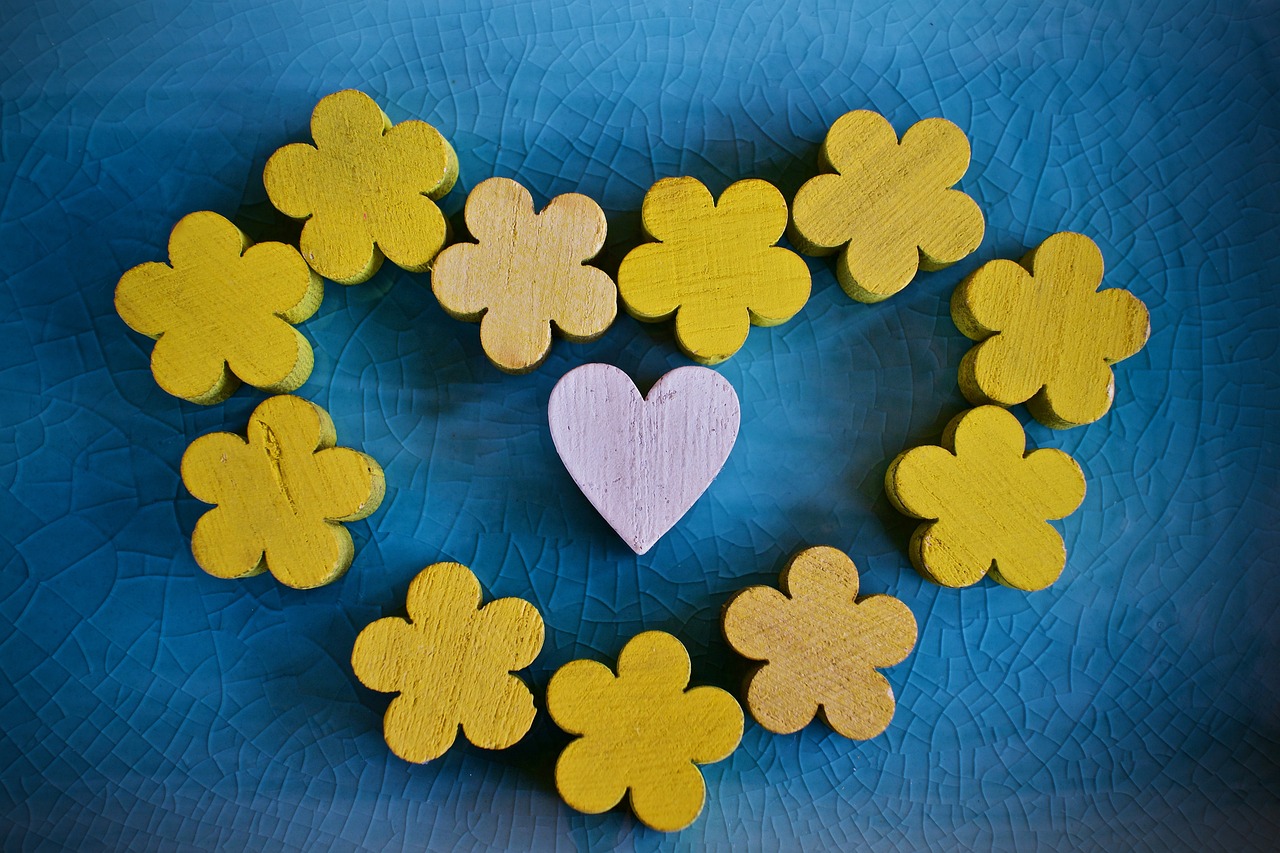A symbol serves as an image or item that encapsulates an abstract idea, often tied to personal faith. Throughout history, civilizations from the dawn of time to contemporary societies have engaged with symbols, making intangible notions concrete and visible while assuring people of divine compassion towards their struggles.
In the realm of Norse mythology, symbols were closely connected not just to celestial beings but also to daily challenges and the mysteries of the afterlife. While some symbols trace back to the Viking Age (circa 790 – circa 1100 CE), others undoubtedly have earlier origins, and a few evolved later (between circa 1100 – circa 1300) as Christianity spread its roots in Scandinavia.
Prominent Norse Symbols
Numerous powerful symbols emerged during the Norse-Viking era, ranging from the wolf (representing protection) and horse (safeguarding travel) to the troll cross (an amulet against trolls), the Vegvisir (a guiding emblem), and the Web of Wyrd (the fabric of fate). However, several symbols stood out while appearing frequently in narratives, imagery, and amulets:
- Yggdrasil – the World Tree
- The Valknut – Odin’s Knot
- Swastika/Sun-Wheel
- Aegishjalmur – Helm of Awe
- Mjolnir – Thor’s Hammer
- Sventhorn – Sleep Thorn
- Gungnir – Odin’s Spear
- The Ship
- Huginn and Muninn – Odin’s Ravens
- Triskelion – Odin’s Horns
These symbols can be found in various contexts, such as amulets (like Thor’s hammer), representations of the afterlife (as seen in ships), and images depicting life’s journey (like the swastika/sun-wheel). Their prominence highlights their significance as powerful representations of divine forces.
The deities of Norse religion embraced a non-exclusive approach, often intertwining Christian symbols like the cross with pagan emblems, such as Thor’s hammer. Initially, figures like Jesus Christ were perceived as one among many gods offering protection and guidance until Christianity solidified itself as the prevalent faith, leading to the decline of older beliefs.
Inclusive Nature of Yggdrasil
The image of the World Tree appears in various ancient cultures, symbolizing connectivity and the relentless cycle of life, suggesting no true death but instead an ongoing transformation. Scholar H. R. Ellis Davidson noted that Yggdrasil represents a pivotal force in Norse mythology—anchoring the realms of gods and humanity. Its roots encompass the nine realms like Jotunheim, the giants’ dwelling, which hosts Mimir’s Well of Wisdom.
Though there are differing opinions on Yggdrasil’s essence, it is commonly recognized as an ash tree, with interpretations of its name signifying both “Odin’s Horse” and “tree of terror.” The tree supports a multitude of symbolic creatures, including Nidhoggr, a dragon gnawing its roots, an eagle of conflict resting above, and an ever-busy squirrel, Ratatoskr, delivering news between the two.
Noteworthy Symbols
Valknut
The Valknut, known as Odin’s Knot, embodies the transition between life and death, emphasizing Odin’s power over the binding and unbinding of souls. Its name translates loosely to “knots of those fallen in battle,” representing warriors claimed by Odin’s Valkyries who escort them to Valhalla.
Swastika/Sun-Wheel
Originally, the swastika was a sacred symbol associated with Thor, denoting power, continuity, and luck. While it became tainted by its association with the Nazi party in the 20th century, in Norse tradition it embodied the essence of life and was often engraved to bless tools and tombstones with good fortune.
Aegishjalmur
Also called Aegir’s Helmet, the Aegishjalmur symbolizes protection, featuring a circular design radiating eight tridents. Its fearsome image was reputed to strike terror in enemies, correlating with ancient tales like Sigurd’s battle with Fafnir, the dragon.
Mjolnir
Thor’s hammer, known as Mjolnir, symbolizes not only supernatural force but also fertility and fortune. Thor is depicted as the protector of realms against chaotic giants, using Mjolnir in various legends, including its recovery from the clutches of giants requiring him to assume a disguise.
Sventhorn
The Sventhorn, or “sleep thorn,” symbolizes inducing a deep slumber in enemies, often depicted with four harpoons. Its portrayal appears in several sagas, including significant references in the Saga of the Volsungs.
Gungnir
Odin’s spear, Gungnir, represents authority and power. Made by dwarves, it includes magical runes enhancing its precision and drawing opponents towards their fateful end. Odin wielded Gungnir to intimidate foes and allow Norse warriors to achieve victory.
The Ship
Viking ships represent essential aspects of livelihood, journeys, and even the afterlife—an easily translatable symbol of both existence and beyond. Ships bear profound significance in Norse ceremonies, with burial rites often involving ship imagery or actual ships.
Huginn & Muninn
Odin’s ravens, Huginn (thought) and Muninn (memory), are linked to the aftermath of battle, symbolizing both death and transformation. Often associated with Odin, these ravens regularly appeared in artifacts connected to death ceremonies, representing remembrance and insight.
Triskelion
The Triskelion, or Odin’s Horns, symbolizes interconnections between wisdom, inspiration, and Odin himself. It highlights the culinary and imbibed gatherings that played a vital role in ceremonial life, reinforcing bonds among attendees and their connection to Odin.
Conclusion
The significance of these symbols, along with many others utilized by the Norse and Vikings, mirrored the importance of religious iconography in modern faiths. Indeed, what contemporary audiences consider mythology was, for ancient believers, a genuinely valid aspect of their existence, filled with spirits and deities actively involved in their lives.
Pre-Christian Scandinavia thrived within a vibrant realm populated with deities embodying natural forces and human experiences. Thunder was attributed to Thor’s celestial chariot, while life was seen as the domain of Freyr and Freyja. Staunch support for the fallen was promised by Odin in the hallowed halls of Valhalla, showcasing a society interwoven with divine presence, reassurance, and expectation for protection through their meaningful symbols.
In moments of difficulty or peril, these symbols represented a faith that someone – a god perhaps – was looking out for them with protective care. The assurance derived from amulets, like Thor’s Hammer, remained a comfort, suggesting that watchful eyes were ever-present, providing peace along life’s turbulent journey.



